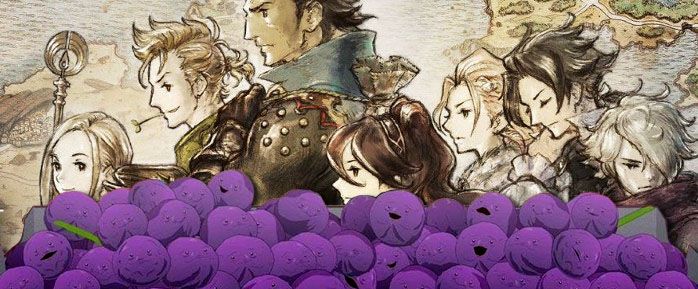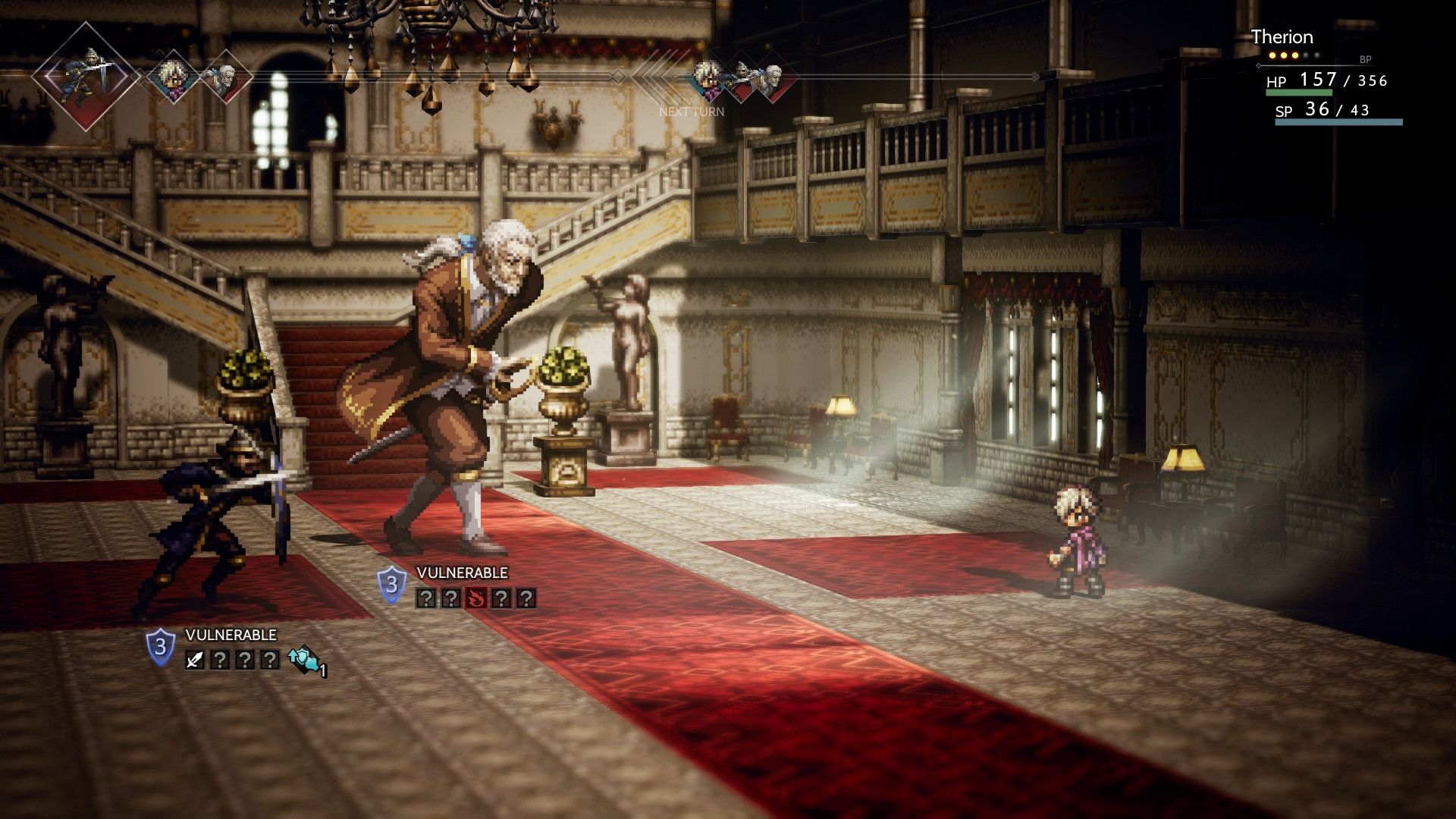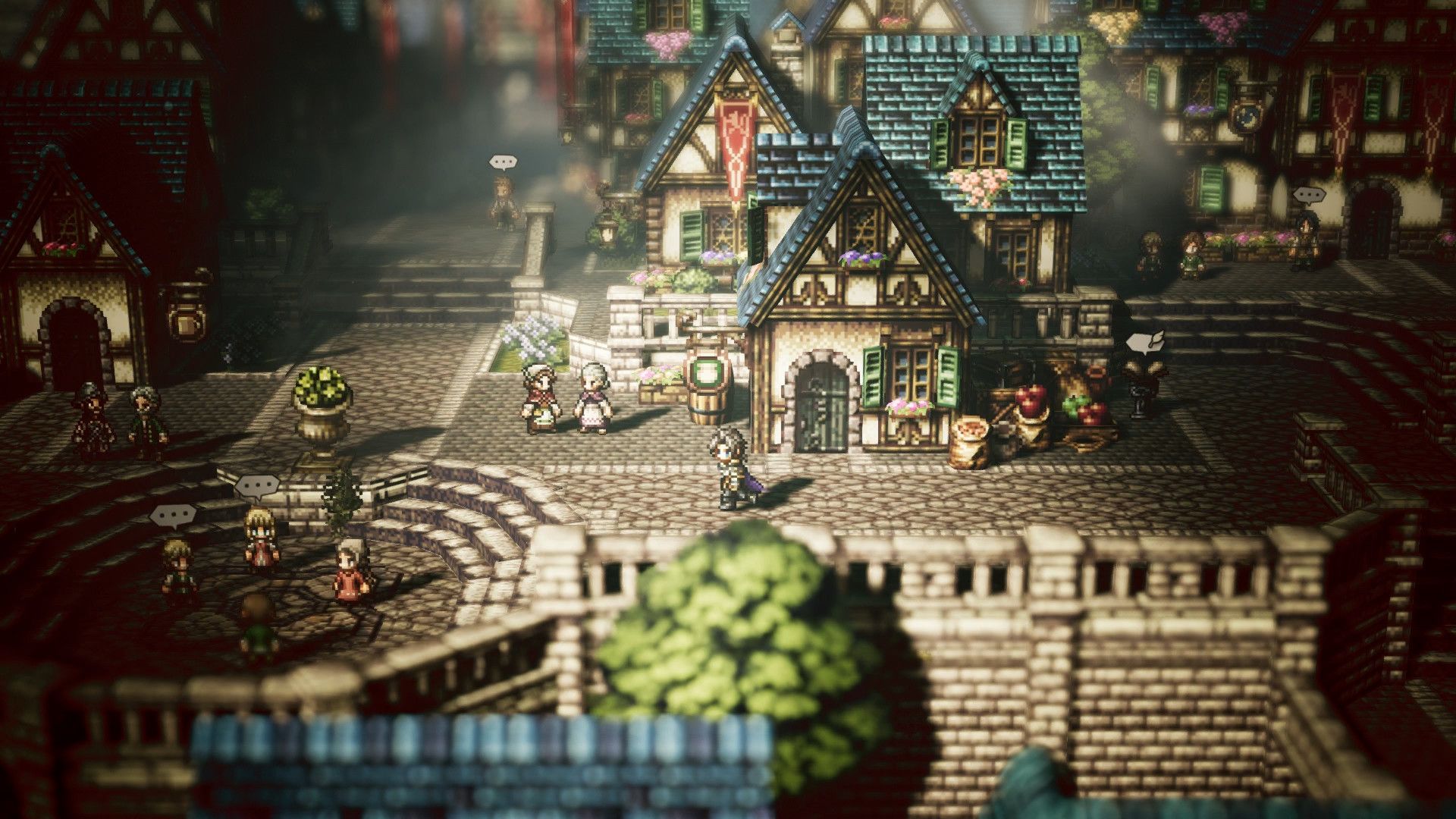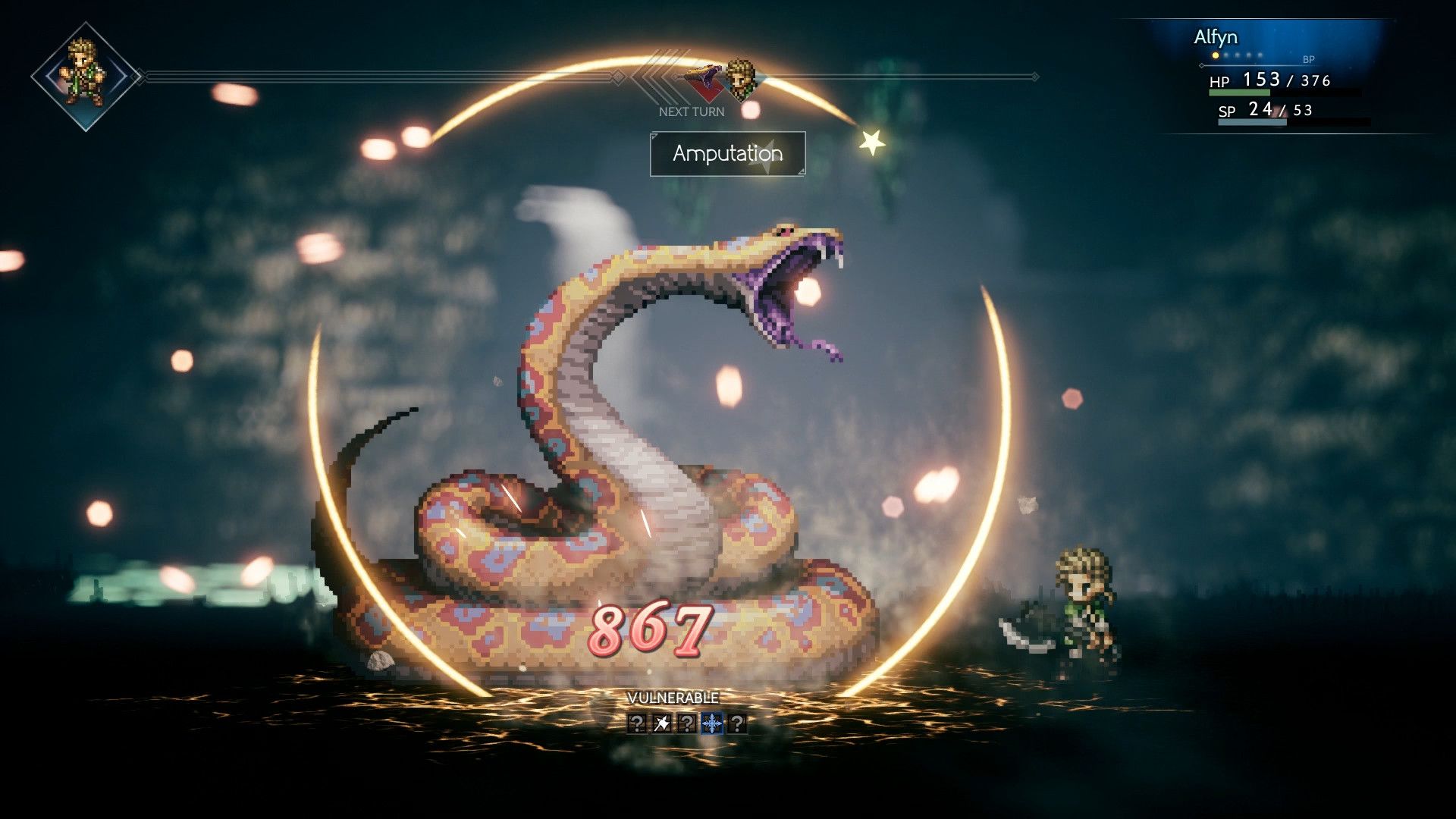Member the games you used to play? We member. The basement at the Hardcore Gamer office has a section known as the Crust Room, with an old grey couch and a big old CRT TV. All the classic systems are down there collecting dust, so in an effort to improve the cleanliness of our work space, we dust off these old consoles every so often and put an old game through its paces, just to make sure everything stays in working order. We even have a beige computer with a floppy disk drive.
Square Enix is known for publishing some of the biggest names in JRPGs. They are also known for having some of the weirder names in the genre: Triangle Strategy, Bravely Default and Live A Live come to mind. These names kind of make sense in relationship to some element of the game, even if they are a bit esoteric. Octopath Traveler is another such game that's a pain to type on the phone since autocorrect insists that it's Octopus Traveler. Odd naming conventions aside these are all games that are worth that deserve the attention of fans of the genre, and with the release of the fantastic Octopath Traveler II at hand it seemed like a good time to replay the original.
Octopath Traveler takes place in the world of Orsterra. The Order of the Sacred Flame is a powerful religious institution that believes thirteen deities are responsible for the creation of the world. Thirteen being an unlucky number it's only natural that one of these gods is troublemaker. The problematic god in question is Galdera, the fallen god who was sealed away in the afterworld for refusing to relinquish what the gods created. But troublesome gods and the mayhem they are likely to cause isn't on any of the heroes' radar when they begin their travels as each of them is motivated by their own personal goals.
The story progression is Octopath Traveler is a slow burn that has ambitious goals with somewhat successful execution. The pacing is on the slow side early on, especially when introducing each of the characters. Each of the heroes having a personal goal for leaving home helps make the characters seem more developed, but on their own none of the character stories are spectacular. The payoff comes later in the game when the player sees how everyone's story is interconnected, giving a reason for each of these characters with no prior to connection to have banded together. While pacing early on may make a player wonder why these characters have banded together, it does make the time spent on each character's chapters worthwhile when it's finally revealed how everyone's fate is woven together.
The player can choose one of eight heroes to start the game, and as they progress through Orsterra, can meet and recruit the other heroes. Alfyn Greengrass is an apothecary devoted to healing others, Cyrus Alright teaches at the Royal Academy. H'aanit is a huntress who is seeking her lost mentor. Primrose Azelhart is a revenge seeking noblewoman. Olberic Eisenburg is a former knight Hornburg hiding out under an assumed identity. Ophilia Clement is a priestess of the Sacred Flame. Therion is a criminal who was hired by a noble family to recover a set of dragonstones. Tress Colzione is a traveling merchant. Choosing a hero seems like a daunting task but the player will get an opportunity to play the intro story of the characters they meet so the initial character choice doesn't drastically effect the game.
Turn-based combat is becoming increasingly rare as most RPGs these days are following the trend of being more action oriented. Octopath Traveler is old school with battles started with random encounters and won by strategic use of the turn menu. This classic formula does feel modern for a couple reasons. The simpler reason is speed. While some boss battles and larger regular encounters can become drawn out the speed at which everyone carries out, it gives everything a sense of urgency and can make many random encounters end almost as quickly as they began. The other factor is the Break and Boost system, which is not too dissimilar from what was found in Bravely Default. Each turn that a hero takes a single action they generate a boost point. These boost points can be stacked and allow a player to repeat an attack up to four times in a single turn. Each enemy has a set number of shield points, they lose a point every time they are attacked by either a weapon or element they are weak against. When their shield points are reduced to zero they enter break status where they're incapacitated for the next. Using this system to the player's advantages adds an additional layer of strategy in battle.
Choosing a starting character doesn't have a drastic effect on the game as a whole or its story, but does determine in which part of Orsterra the player will begin their journey in. Even though the player will eventually travel the world and potentially meet all the other travelers, the starting point naturally shapes the order in which these events happen, though there is freedom to veer off from the logical path of progression if they wish to hunt down specific characters first. There's a lot of freedom in how to the explore the world, though enemy difficulty in certain regions do an effective job at keeping players out of areas that are too powerful for their current level.
Much like the battle system that blended the classic and modern, the same approach can be said of its aesthetic. Known as HD-2D, Octopath Traveler is the first game (to my knowledge) to use this specific artistic design. This approach blends 16-bit style pixelated sprites with heavily-detailed polygonal environments and effects. The effect it has on the overall game is it doubles down on its blending of old and new. It looks and plays modern enough to feel at home on modern consoles and not look outdated to the younger generation of gamers, but is true to its classic roots that us dinosaurs that cut our teeth on Dragon Quest when we still thought it was called Dragon Warrior can appreciate it as a new game that plays like the classics. Square Enix has used this HD-2D approach in other games such as Triangle Strategy and the Live A Live remake and it will be seen again in the forthcoming Dragon Quest III HD-2D remake. In addition to providing a unique appearance, it's a style that's pleasing to look at, and one that many fans are hoping to see in future remasters of older games.
Octopath Traveler is a deceptively-massive game. Even though each character's chapters can be finished in a few hours, completionists can easily sink 100 hours into this game. Fortunately it's enjoyable enough where even with some of the pacing issues feel like time well spent. Turn-based RPGs aren't as plentiful as they once were, but Octopath Traveler is a great argument to anyone making the claim turn-based combat is dead. Having had the opportunity to play both, this and the sequel concurrently (and from personal experience do not recommend doing so) it's personal opinion that the sequel took everything that made the original great and expanded on it. The original Octopath Traveler still remains great almost five years after its release, however, and is a must play for any JRPG fan. Octopath Traveler enjoyed a short period of time as a Switch exclusive, but has since been ported to PC and Xbox One.
Want to Member some more old games we love? You can see all our Members here.




